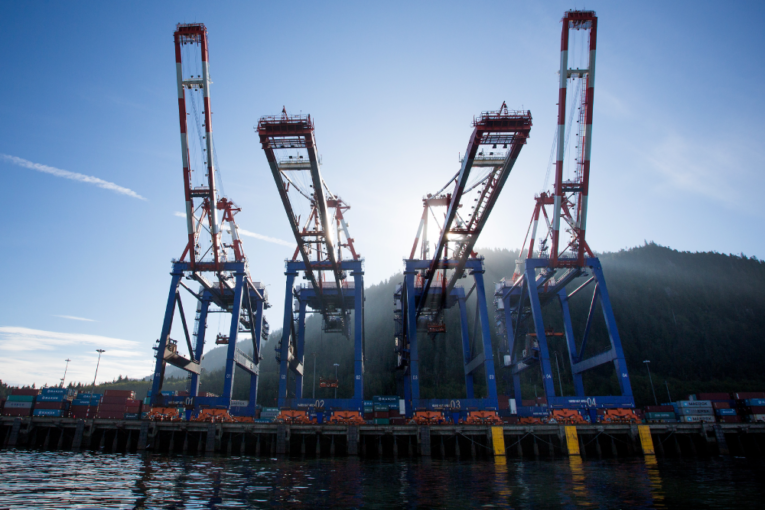
CALGARY — A dramatic change in First Nations’ approaches to natural resources development has led, in certain cases, to rising incomes in Indigenous communities where members now out-earn national averages.
The Montreal Economic Institute found in a study released Tuesday that First Nations communities and members involved in resource development earn multiples of what both Indigenous and non-Indigenous people earn in other industries.
The MEI report, titled The First Entrepreneurs, notes that there is no consensus among First Nations on an approach to resource development in their traditional territories, but there is a rising number of impact-benefits agreements across the country as more groups turn to resource extraction for economic opportunity.
The report did not specifically consider the relative wages of First Nations communities in places such as Vancouver, which have opposed energy projects such as the Trans Mountain expansion over environmental concerns, but considered incomes among First Nations groups in rural areas focused on resource extraction.
“Many First Nations are getting more prosperous,” MEI researcher and the report’s author Germain Belzile said in an interview. “In some areas, First Nations will become more prosperous than non-First Nations communities.”
Belzile said that would mark a profound change in relative financial fortunes of Indigenous people, whose personal incomes have historically been much lower than Canadian averages.
The report found that First Nations people working in the mining sector had a median 2016 annual income of $91,572, double the nationwide First Nations median of $43,812 per year, and well above the $53,648 per year for non-Indigenous people.
Similarly, First Nations members working in the oil and gas sector earned close to three times the average personal income of First Nations people across the country, earning an average of nearly $150,000 in 2016, compared with $51,500 outside the industry.
First Nations people working on gas pipelines earned more than $200,000 per year.
The study points out that the after-tax income of residents in Fort McKay, an aboriginal community near Fort McMurray, is higher than that of other Albertans, who have the highest per capita incomes of any province in the country.
The report also mentions the Tahltan, Lax Kw’alaams, Kitselas, Sand Point, Fort McKay and Samson Cree nations among the Indigenous groups that have benefited from resource development.
The MEI’s Belzille said he was motivated to study incomes of Indigenous people in the resource sector because of what he called an erroneous but widespread perception that First Nations are universally opposed to resource development.
The study focused on First Nations involved in forestry projects and natural gas development in British Columbia, oil and gas extraction in Alberta and mining in northern Quebec, but he also considered some groups affected by hydroelectric projects or the fishing industries in other provinces.
Belzille said he saw the rising incomes of First Nations people in the resource sector as a “feel-good story” that showed improving economic outcomes for a segment of the Canadian population that has historically been poorer than the national average.
“Reconciliation is not just atoning for past misdeeds but there also needs to be economic reconciliation,” Belzile said.
The study quotes several Aboriginal leaders who say they see natural resource income as a way to reduce dependence on federal government funding and to set their own social programs.
“Our rights are only being strengthened every day that goes by with the greater business success that we can showcase,” Canadian Council for Aboriginal Business president and CEO JP Gladu said in the report.
“That only adds to a more prosperous future between indigenous communities and non-indigenous business communities and government. I am very hopeful for a stronger and more inclusive Canada,” Gladu said.
The Fort McKay First Nation generates 97 per cent of its income from band-owned companies that are involved in resource extraction and servicing nearby oilsands projects, Chief Jim Boucher said, adding that wages in his community are $20,000 per year higher than the national average.
“We were very deliberate in terms of wanting to change the economic opportunities for our people,” Boucher said, adding that Fort McKay now has the financial freedom to develop its own programs as it sees fit, rather than waiting for funding from other levels of government.
Boucher said other Indigenous leaders have visited Fort McKay to study how the community developed its companies and he thinks First Nations participation in resource development is becoming more widespread.
• Email:
You can read more of the news on source
